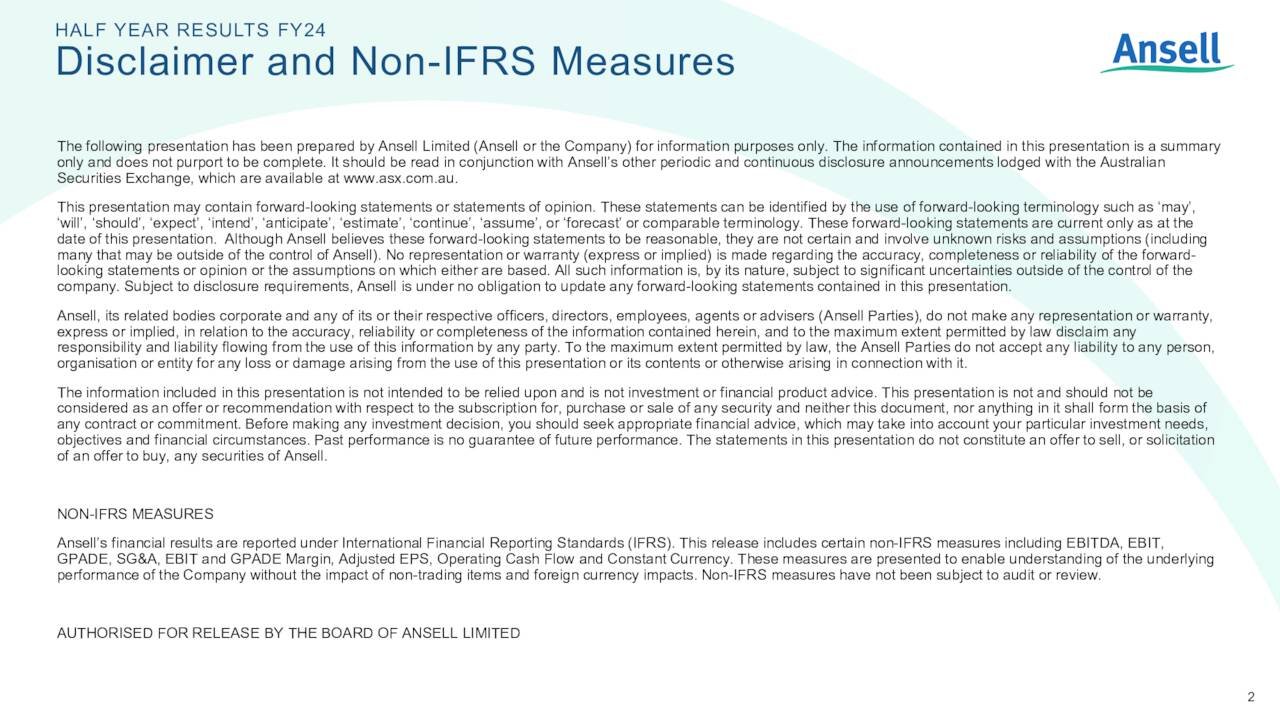

Michael Burry’s Shift Away from Bearish Bets
In a surprising turn of events, Michael Burry, the famed investor known for his successful bets against the housing market in the early 2000s, has shifted away from his bearish positions. Burry, founder of Scion Asset Management, recently offloaded significant bearish bets after experiencing several misfires. Dissolving his put options on major indices and semiconductor stocks, these divestments mark a significant departure from Burry’s previous stance. With a notional value of over $1.6 billion earlier this year, it’s clear that Burry’s recent moves have caught the attention of market observers. This shift highlights the challenges faced by even renowned investors in consistently predicting market dynamics and timing macroeconomic shifts.

▶ [Kucoin] Transaction fee 0% discount CODE◀
Burry’s Bearish Bets Get Shuffled According to Scion’s 13F Filings
Michael Burry, famously known for his bold ‘Big Short’ wager against subprime mortgages in the early 2000s, has recently offloaded several substantial bearish positions following unsuccessful outcomes. As the founder of Scion Asset Management, Burry dissolved his put options on major indices and semiconductor stocks during the third quarter, as revealed by regulatory documents. These divestments mark a significant shift, unwinding bets that had reached a notional value surpassing $1.6 billion earlier this year.
Withdrawal of Puts on S&P 500 and Nasdaq 100
Gaining notoriety for his strategic bets against the surging housing market and intricate mortgage securities that resulted in enormous gains during the market collapse, Michael Burry’s latest endeavors to capitalize on market downturns have predominantly misfired. Initiated in the second quarter, his renewed short positions targeting the S&P 500 and the Nasdaq 100 through puts, saw Burry compelled to abandon these trades in the third quarter amidst an ongoing market rally.
During this period, Burry entirely withdrew his puts on the S&P 500 and Nasdaq 100 exchange-traded funds (ETFs), positions that constituted nearly $1.6 billion in total notional exposure. With the major indices remaining robust, surpassing levels from late June when Burry placed these bets, it’s probable that these trades either resulted in losses or became worthless.
Analysis of Notional Exposure vs Actual Risk
Contrary to some beliefs, Burry’s wager did not equate to a $1.6 billion loss, as per an analysis by X account holder Saaketh Koka. Koka clarified that the substantial notional value of Burry’s index bets doesn’t mirror the actual amount risked. The leverage inherent in options contracts typically results in significantly higher notional exposure compared to the capital invested.
The combined $1.6 billion notional value of Burry’s S&P 500 and Nasdaq 100 puts reflects the total value of the indices he shorted, not the actual premium paid. While the notional size seems colossal at $1.6 billion, Koka emphasized that the actual cost and risk were likely under $10 million, considering standard option pricing.
Liquidation of Bearish Position on Semiconductor Sector
Additionally, the ‘Big Short’ investor also liquidated a $47 million bearish position against the semiconductor sector via puts on the SOXX ETF, a bet that consistently depreciated as chip stocks made a comeback this year. Furthermore, Burry readjusted most of his equity portfolio in the last quarter, exiting 25 holdings including previous primary investments such as Expedia, Charter Communications, and Generac Holdings.
Repositioning of Equity Portfolio
In contrast, he augmented a few existing, smaller stakes, notably in Nexstar Media Group and Star Bulk Carriers. Chinese technological giants Alibaba and JD.com also re-emerged in his portfolio after a brief hiatus. These alterations followed a challenging second quarter for Burry’s investments, where he offloaded most of his first-quarter stakes, including earlier long positions in Alibaba, JD.com, and Zoom Video.
Augmentation of Existing Stakes in Nexstar Media Group and Star Bulk Carriers
Rising to prominence with his exceptionally lucrative short positions on the housing bubble and mortgage securities, Burry’s recent failures underscore the challenges faced by even renowned investors in consistently predicting market dynamics and timing macroeconomic shifts.
Re-emergence of Alibaba and JD.com in Burry’s Portfolio
Known as “Cassandra B.C.” on social media platform X, Burry predicted a protracted, multi-year recession for the U.S. economy in December 2022. However, by April, he revisited his stance on his shorts, taking to social media to admit “I was wrong to say sell” and extended his congratulations to the “BTFD generation.”
Challenges Faced by Renowned Investors in Market Prediction
What do you think about the ‘Big Short’ investor Michael Burry’s latest moves? Share your thoughts and opinions about this subject in the comments section below.
Burry’s Projections and Reversal of Stance on Shorts
Michael Burry, renowned for his successful bets against the housing market during the 2008 financial crisis, has faced challenges in predicting market dynamics and has recently made significant adjustments to his portfolio. Despite his past successes, Burry’s recent moves show that even experienced investors can face missteps and need to adapt to changing market conditions.
Burry’s projections initially led him to take bearish positions on the S&P 500 and Nasdaq 100 through put options. However, due to an ongoing market rally, he chose to withdraw these puts during the third quarter. This decision suggests that his projections did not align with the market’s actual performance.
Similarly, Burry liquidated his bearish position on the semiconductor sector, which had depreciated as chip stocks made a comeback. This move reflects the challenges of accurately timing market trends and the need to reassess investment strategies when positions are no longer aligned with market conditions.
In repositioning his equity portfolio, Burry exited 25 holdings, including previous primary investments in Expedia, Charter Communications, and Generac Holdings. However, he did augment his holdings in Nexstar Media Group and Star Bulk Carriers, indicating a shift in his investment focus.
Notably, Chinese technological giants Alibaba and JD.com re-emerged in Burry’s portfolio after a brief hiatus. These adjustments reflect the ongoing shifts in market dynamics and the need for investors to reassess their positions accordingly.
▶ [Kucoin] Transaction fee 0% discount CODE◀
Conclusion
Michael Burry’s recent divestments and portfolio adjustments highlight the challenges faced by even renowned investors in predicting market outcomes. Despite his success with the ‘Big Short’ wager in the past, Burry’s recent misfires emphasize the importance of adapting investment strategies to changing market conditions.
Investors can learn from Burry’s experiences and recognize the need to reassess their positions regularly. Market dynamics can shift rapidly, requiring investors to stay informed and adjust their strategies accordingly. By continuously evaluating risk exposures and making informed decisions, investors can navigate the unpredictable nature of the market and optimize their investment returns.
▶ [Kucoin] Transaction fee 0% discount CODE◀

RELATED POSTS
View all




